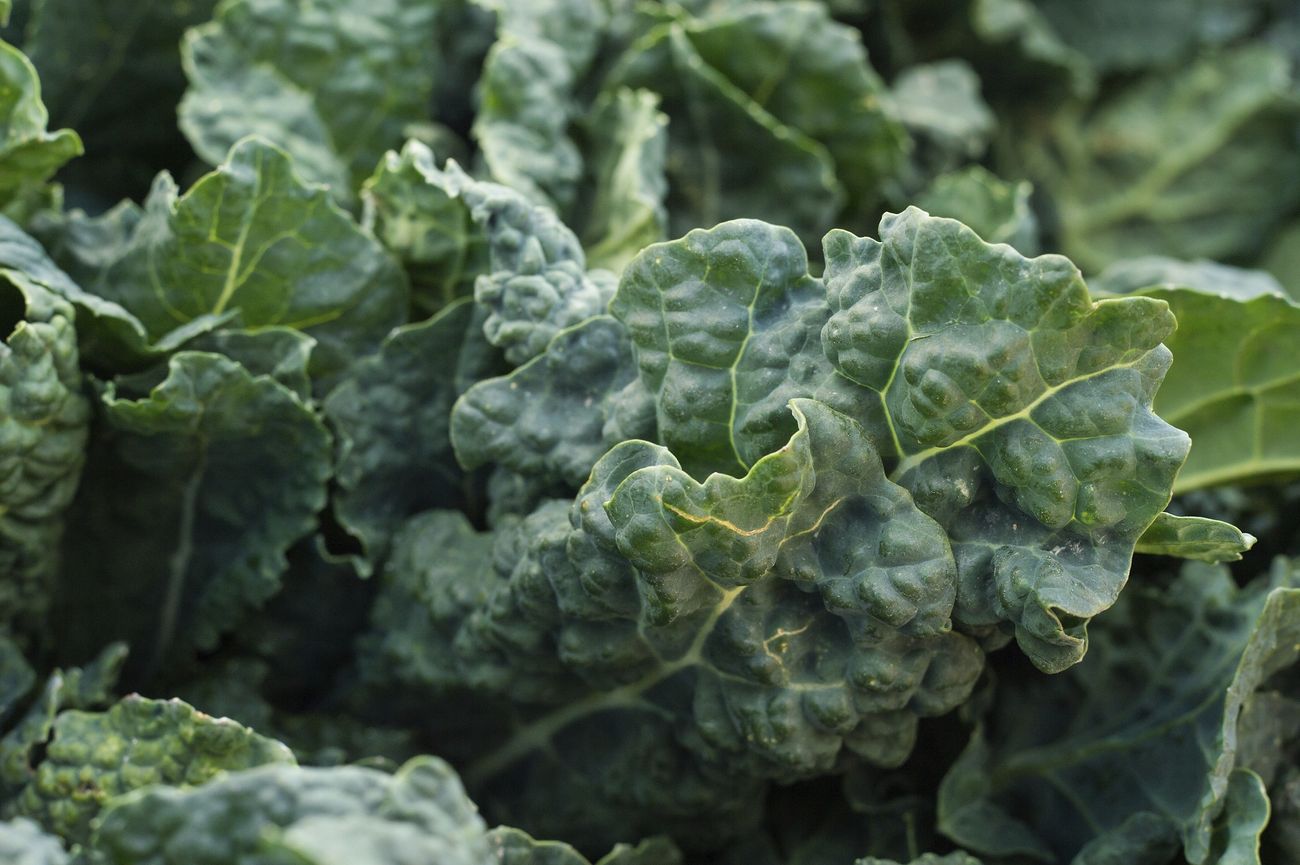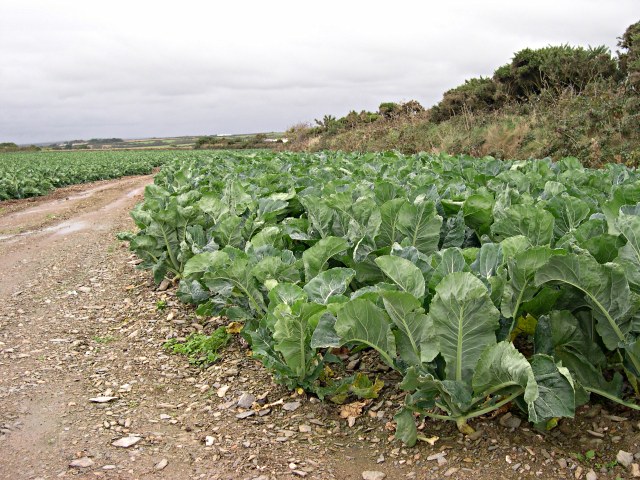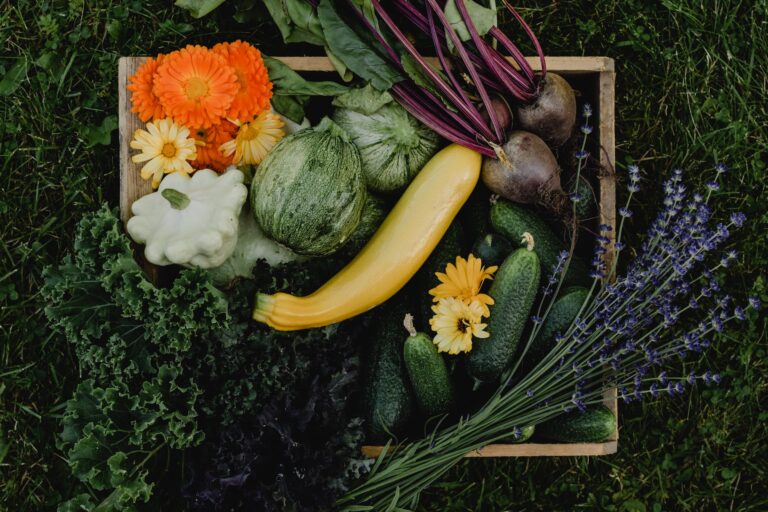How often should I fertilize my kale plants in Kenya?
One of the questions that many Kenyan farmers and home gardeners have is how often they should fertilize their kale plants. The answer to this question can vary depending on a number of factors, including the type of soil you have, the variety of kale you are growing, and the growing conditions.
Introduction
When it comes to fertilizing kale plants, it is important to understand that kale is a heavy feeder, meaning it requires a lot of nutrients to grow. The key to fertilizing kale is to provide the plants with the right amount of nutrients at the right time. In this article, we will explore how often you should fertilize your kale plants in Kenya and what factors to consider when determining the best fertilizer schedule.
Type of Soil
The type of soil you have in your farm or garden can affect how often you need to fertilize your kale plants. If you have rich, fertile soil, you may be able to fertilize your kale less frequently. However, if you have poor soil, you may need to fertilize your kale more frequently to provide the plants with the nutrients they need.
Variety of Kale
The variety of kale you are growing can also affect how often you need to fertilize the plants. Some varieties of kale are known to be heavy feeders, while others are not as demanding. For example, Tuscan kale, also known as black kale or lacinato kale, is known to be a heavy feeder and may require more frequent fertilization than other varieties of kale.
Growing Conditions
The growing conditions in your farm or garden can also affect how often you need to fertilize your kale plants. If you are growing your kale in a greenhouse or under a shade cloth, you may need to fertilize your kale more frequently, as the plants will not be receiving as much sunlight. Additionally, if you are growing your kale in a dry or hot climate, you may need to fertilize more often to provide the plants with the moisture and nutrients they need.
Fertilizer
When it comes to fertilizing your kale plants, it is important to use a fertilizer that is high in nitrogen. Nitrogen is essential for the growth of foliage, which is important for kale plants. A balanced fertilizer, such as a 10-10-10, is a good choice for kale.
Here is an example of a fertilization schedule for kale plants in Kenya
| Stage of Growth | Fertilizer | Frequency |
|---|---|---|
| Seedling | Balanced fertilizer (10-10-10) | Once at planting |
| Vegetative growth | Balanced fertilizer (10-10-10) | Once a month |
| Flowering | Balanced fertilizer (10-10-10) | Once a month |
| Harvesting | Balanced fertilizer (10-10-10) | Once a month |
It’s important to note that this is a general schedule and the specific needs of your kale plants may vary depending on the variety of kale you are growing, the type of soil you have, and the growing conditions. It’s also important to follow the instructions on the fertilizer package, as different brands may have different recommendations.
It is also important to check the pH of the soil before planting and adjust it to the range of 6.0 – 7.0 if needed. Keep in mind that kale also likes consistent moisture, so make sure to water the plants regularly. Additionally, if you notice that the leaves are yellowing, it may be a sign that the plants are not getting enough nutrients, in this case, it is important to fertilize more often.
It’s always a good idea to consult with a local agronomist or extension agent to get specific recommendations for fertilizing kale in your area.
Conclusion
How often you should fertilize your kale plants in Kenya can vary depending on the type of soil you have, the variety of kale you are growing, and the growing conditions. As a general rule, you should fertilize your kale plants every 4-6 weeks, using a fertilizer that is high in nitrogen. However, you may need to fertilize more or less frequently depending on your specific growing conditions. By providing your kale plants with the right amount of nutrients at the right time, you can help to ensure that your kale plants reach maturity as quickly as possible and produce a bountiful harvest.






